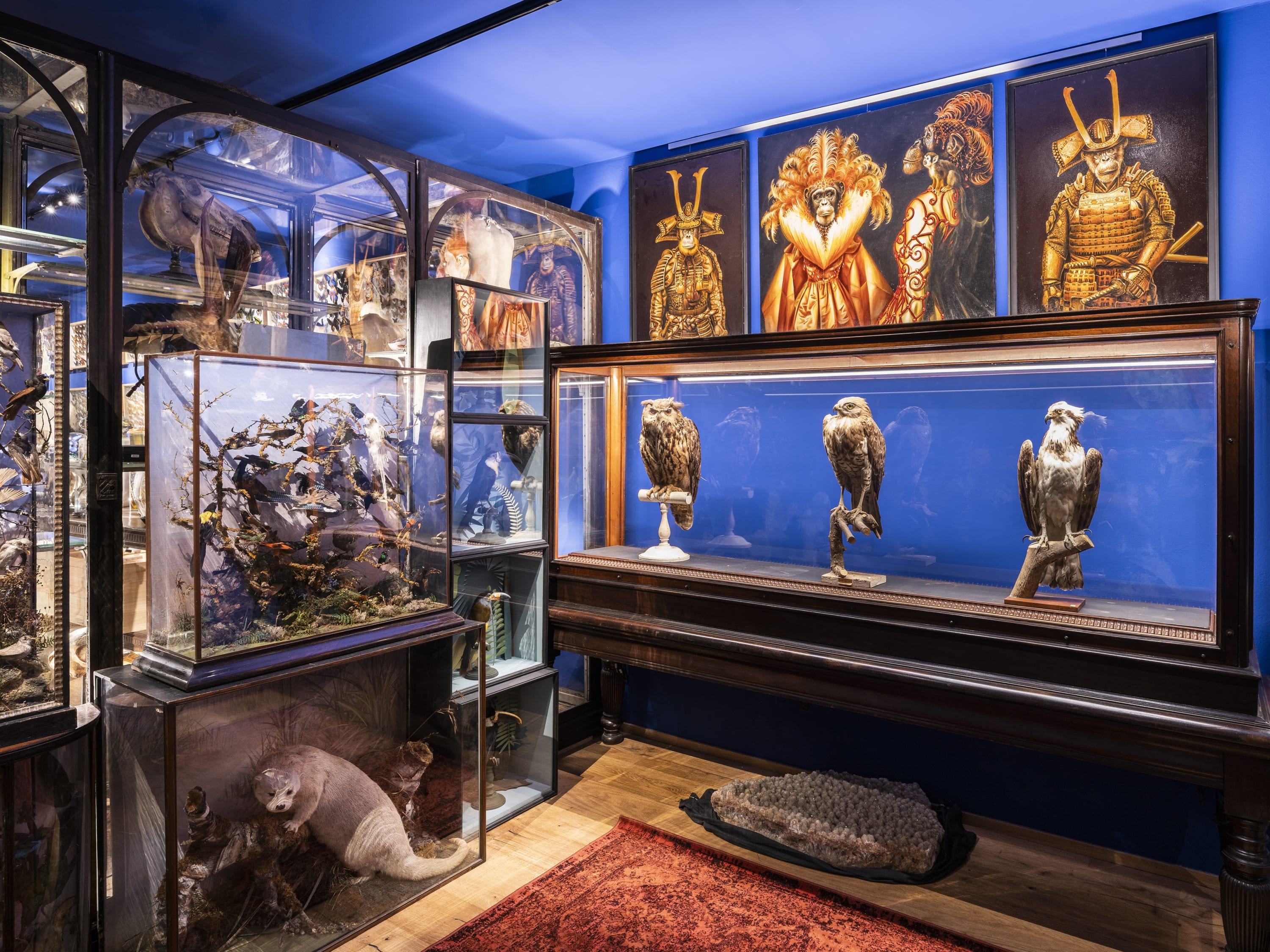-

-

-
The varied arrangement in scientific academy cabinets enters into dialogue with the neatly placed objects and different atmospheric background colours resulting in an eclectic feast -
This extraordinary collection takes spectators on a multidimensional voyage, immersing them in the realms of anthropology and history, embracing natural history, ethnography, paintings, sculptures, architectural artifacts, and unique decorative objects
-
-
 IF YOU HAVE AN OPEN MIND TO WHAT YOU LIKE, YOU ARE WELCOME BY APPOINTMENT TO FIND THE TREASURE YOU HAVE LONG BEEN SEARCHING FOR.
IF YOU HAVE AN OPEN MIND TO WHAT YOU LIKE, YOU ARE WELCOME BY APPOINTMENT TO FIND THE TREASURE YOU HAVE LONG BEEN SEARCHING FOR.



